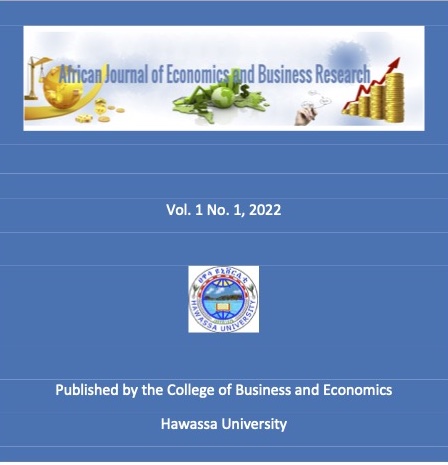Influence of current and capital account liberalization on economic growth
Evidence from heavily indebted SSA economies
Keywords:
capital account, current account, economic growth, financial repression, financial liberalizationAbstract
Capital and current account restrictions were widely used in the past but were largely released during the liberalization movement of the 1990s, as interventionist policies got widespread support that paves the way to the renewed conception of government as an impartial referee. Such a restriction has come back on the agenda with the surge in public debt in the rouse of the Global Financial Crisis. By distorting market signals and incentives, financial repression persuades losses from inefficiency and rent-seeking that cannot be easily quantified. This paper seeks to investigate the impact of current and capital account liberalization on growth, using recent de jure and de facto measures, covering 26 heavily indebted Sub-Saharan African countries over 2000-2020. The results suggest that capital account liberalization escalates growth, brought distributional efficiency in conformity with the neoclassical growth model.
Downloads
Published
Versions
- 2022-06-27 (2)
- 2022-06-27 (1)
Issue
Section
License
This is an Open Access article distributed under the terms of the Creative Commons Attribution License (http://creativecommons.org/ licenses/by/4.0/), which permits unrestricted use, distribution, and reproduction in any medium, provided the original work is properly cited. The terms on which this article has been published allow the posting of the Accepted Manuscript in a repository by the author(s) or with their consent.

